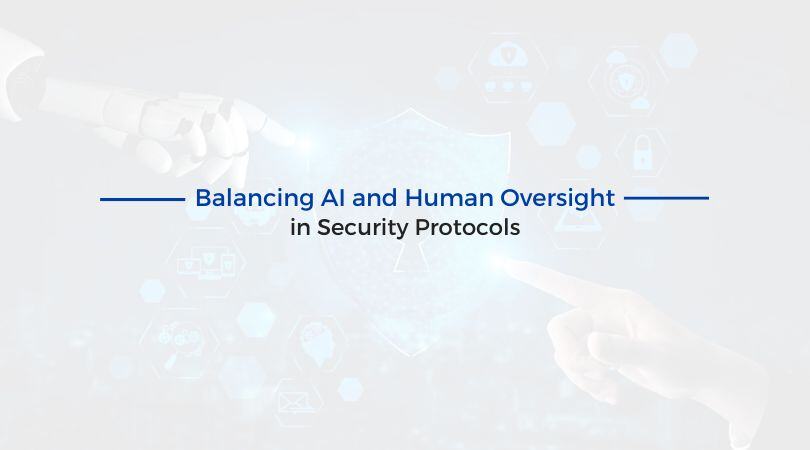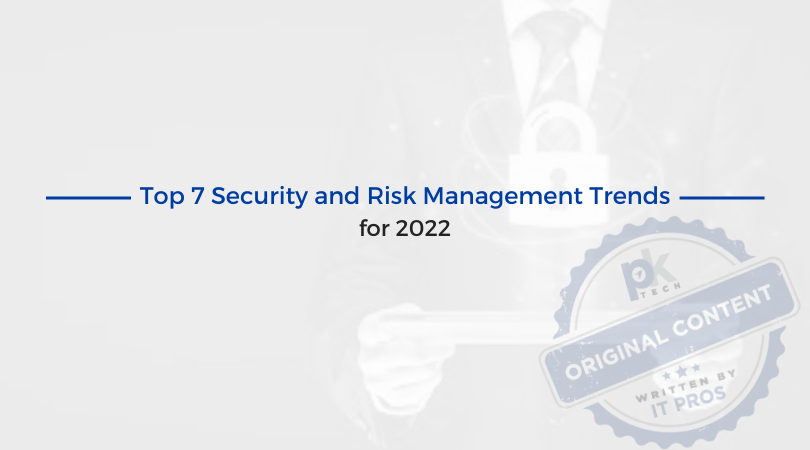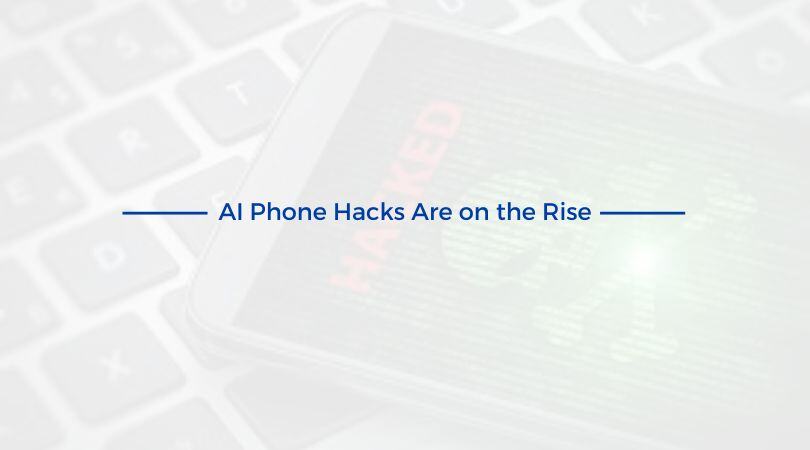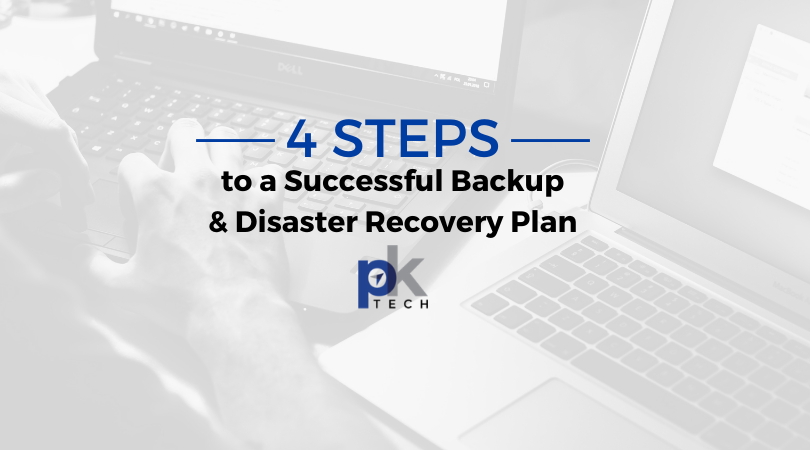Top 7 Security and Risk Management Trends for 2022
Gartner recently identified the top security and risk management trends for the year. Gartner provides expert guidance and tools to enable faster,...

In today’s interconnected digital landscape, security protocols are more critical than ever. With the rise of sophisticated cyber threats, organizations increasingly turn to artificial intelligence (AI) to bolster their defenses.
But, as AI plays a more significant role in security, questions arise about the balance between automated systems and human oversight. How can we effectively leverage AI while ensuring human judgment remains an integral part of the security process?
As managed IT experts, let’s dive into this intricate and ever-evolving topic.
Artificial intelligence has revolutionized security protocols by enabling rapid analysis of vast amounts of data and identifying patterns indicative of potential security threats. AI-powered systems can monitor networks in real-time, detect anomalies, and predict future attacks based on historical data.
Machine learning algorithms, a subset of AI, can adapt and improve over time, enhancing their ability to recognize and address emerging threats. From intrusion detection to malware analysis, AI-driven security solutions offer unparalleled efficiency and effectiveness in safeguarding sensitive information and systems.
All sounds great, right? Indeed, AI is mostly positive, but like any technological advancement, over time, challenges and limitations present themselves.
While AI brings undeniable benefits to security protocols, inherent risks are associated with over-reliance on automated systems. One major concern is the potential for false positives and false negatives. AI algorithms may misinterpret benign activities as threats or fail to detect sophisticated attacks designed to evade detection.
On top of that, AI lacks the contextual understanding and nuanced judgment that humans possess. In complex security situations, human intuition and reasoning play a crucial role in making decisions that AI algorithms may struggle to replicate accurately. Relying solely on automated systems without human oversight can lead to blind spots and vulnerabilities that adversaries can exploit.
Human oversight serves as a crucial counterbalance to the limitations of AI in security protocols. Human analysts bring expertise, intuition, and contextual understanding to the table, allowing them to interpret data in ways that machines cannot. Managed IT service providers can investigate suspicious activities, verify the accuracy of AI-generated alerts, and make informed decisions based on a comprehensive understanding of the threat landscape.
Perhaps most importantly, humans are essential for ethical considerations in security operations. They can assess the potential impact of security measures on privacy, civil liberties, and other societal values, ensuring that security protocols remain aligned with ethical principles.
Balancing AI and human oversight in security protocols requires a strategic approach that leverages the strengths of both while mitigating their respective weaknesses. Here are some key recommended strategies:
1. Integrated Systems: Develop integrated security systems that combine AI-driven automation with human decision-making processes. This approach allows AI to handle routine tasks and flag potential threats for human review, ensuring that critical security decisions are made with human oversight.
2. Continuous Training: Invest in ongoing training and education for both AI algorithms and human analysts. Machine learning models should be regularly updated with new data to improve accuracy and adaptability. At the same time, human analysts should receive training to enhance their cybersecurity skills and stay abreast of evolving threats.
3. Collaborative Workflow: Foster collaboration between AI systems and human analysts to maximize efficiency and effectiveness. Implement workflows that facilitate seamless communication and information sharing between automated tools and human operators, enabling them to work together synergistically.
4. Ethical Frameworks: Establish ethical frameworks and guidelines to govern the use of AI in security protocols. Ensure that AI-driven security measures adhere to principles of fairness, transparency, accountability, and respect for individual rights and freedoms.
5. Risk Assessment: Conduct regular risk assessments to identify potential weaknesses and vulnerabilities in security protocols. Evaluate the effectiveness of AI-driven solutions and the need for additional human oversight in mitigating emerging threats.
In an increasingly digitized world where cyber threats continue to evolve in complexity and sophistication, finding the right balance between humans and AI is a constant work in progress for organizations across all industries and scopes. While AI offers powerful capabilities for threat detection and mitigation, it is essential to recognize its limitations and the indispensable role of human judgment in ensuring robust security defenses. By integrating AI-driven automation with human expertise and ethical considerations, organizations can create resilient security protocols that effectively safeguard against emerging threats while upholding fundamental principles of trust and accountability.
Chat with an IT expert at PK Tech today.

Gartner recently identified the top security and risk management trends for the year. Gartner provides expert guidance and tools to enable faster,...

You now not only have to worry that email attachments are real. Now, there is a very real fear of Artificial Intelligence (AI) impersonating voices...

When two companies merge, the existing security risks multiply. In the climate of the COVID-19 global pandemic, it’s more important than ever to...